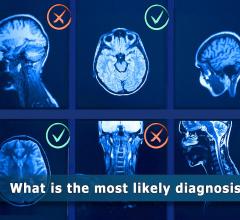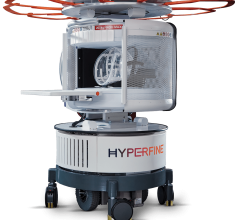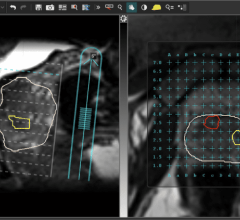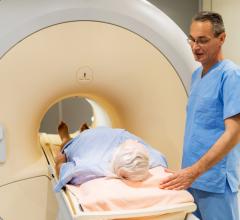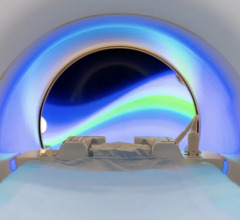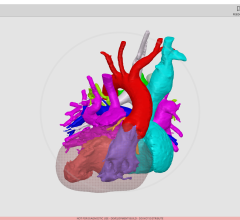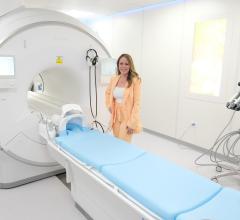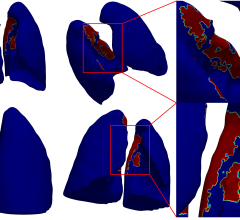January 2, 2014 — Imaging research from Western University, London, Canada, has demonstrated that a magnetic resonance imaging (MRI) approach called quantitative susceptibility mapping (QSM) can be an important tool for diagnosing and tracking the progression of multiple sclerosis (MS) and other neurological diseases. QSM allows quantitative measurement of myelin content and iron deposition in the brain. Ravi Menon, Ph.D., Western's Robarts Research Institute, Western University, led the research, which is published in Proceedings of the National Academy of Sciences (PNAS).
Menon and his associates, including David Rudko, Ph.D., first author, set out to determine whether QSM was indeed quantitative. Interpretation of QSM data requires the use of a model of the underlying tissue structure. The scientists found that the most common approach to creating QSM images was insufficient to generate quantitative images — images in which myelin content and iron can be measured. They demonstrated this by exploring the orientation dependence of the MRI signal. This particular signal has generally thought to be a constant, but the team showed that it depends on tissue orientation in both cortical grey and white matter, but not in the deep brain structures such as the basal ganglia. All these areas are implicated in MS.
They demonstrated the discordance between the models for QSM using a device that rotated a rat's brain, so that it could be scanned from 18 different angles, using a 9.4-T MRI. The brains were then sent to histology for comparison. They found the values depended on the microstructure of the brain such as myelin concentration and integrity, as well as iron deposition. The study also showed, for the first time, the correlation between MRI measurement and histology measurement when the correct model was used.
"With this methodology, we now have a quantitative way to interpret myelin and iron concentrations, and in particular, any changes to them over time," said Menon, who holds a Canada Research Chair in Functional Magnetic Resonance Imaging. "We've been doing these scans on MS patients for a while, but nobody knew if it was a valid approach or not. We now know how to interpret the data. It allows us to separate changes in white matter degeneration from other changes such as iron deposition, which in conventional imaging all looks the same."
Menon says the next step is to use this new imaging approach to study the changes that occur in MS and find out if it is predictive of disease progression.
For more information: cfmm.robarts.ca, www.pnas.org
© Copyright Wainscot Media. All Rights Reserved.
Subscribe Now


 July 25, 2024
July 25, 2024 

